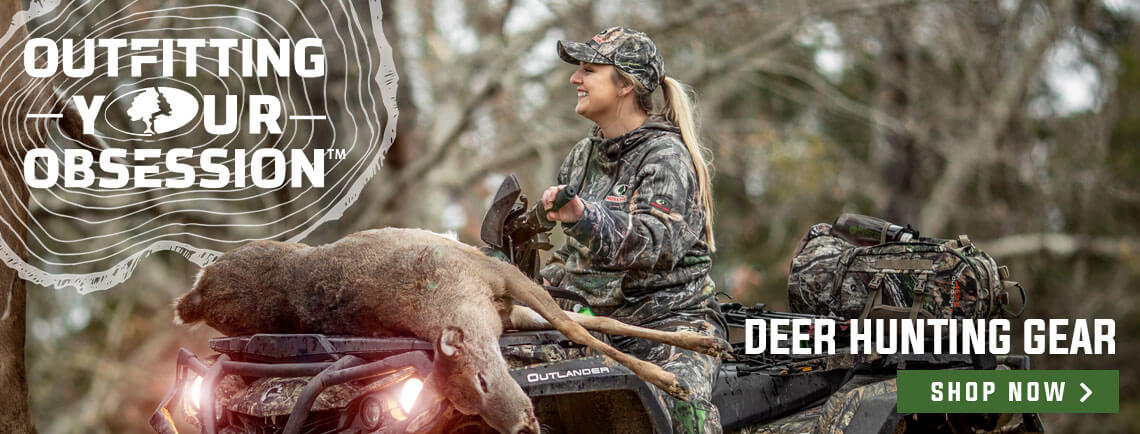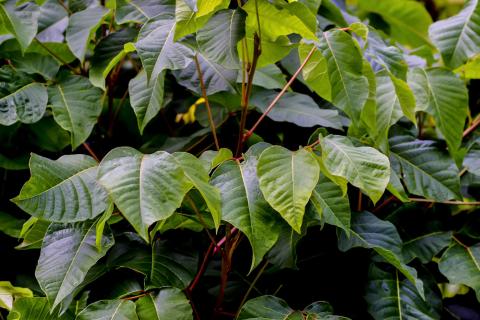Heath Wood
The adrenaline rush brought on when a mature buck responds to the sounds of rattling or grunting is hard to explain. The sight of a buck running in with his ears pinned back, sniffing, licking his chops, and ready to butt heads is one to behold. To heighten the experience even more, try adding a decoy to the mix and be ready to experience an even greater action-packed hunt.
A deer decoy gives a visual for deer and draws them to a specific area, keeping the attention from the hunter, guaranteeing a shot. When hunting with a decoy, follow these three steps that are sure to draw a buck into shooting range more effectively.
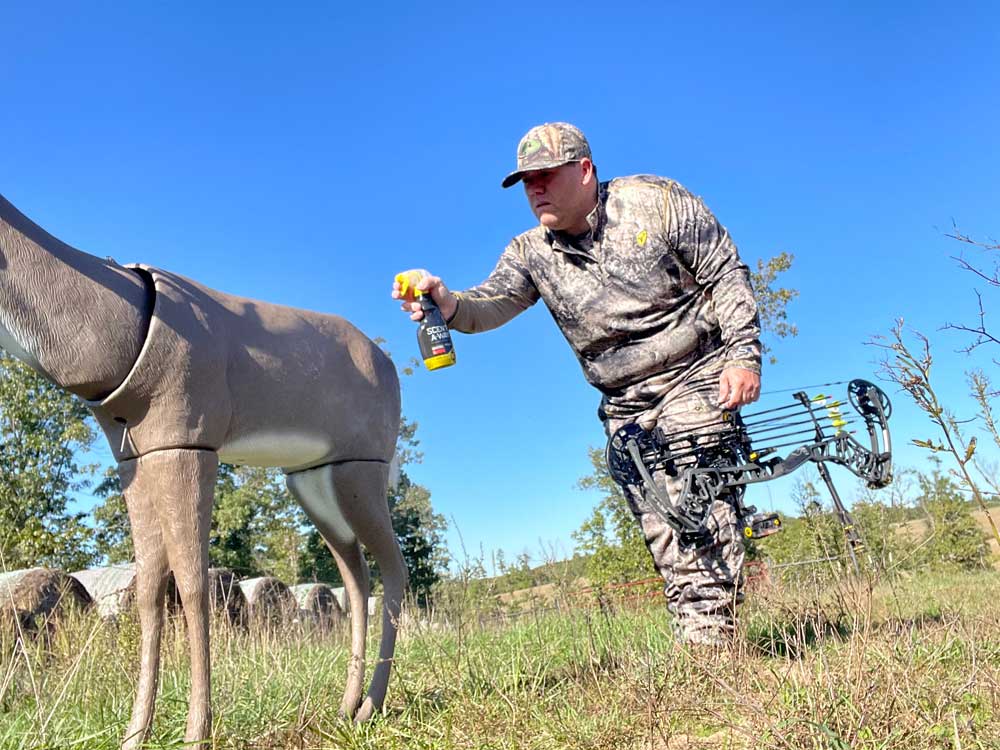
Clean Your Decoy Before The Hunt
There are two elements needed for a buck to commit to a route toward a decoy. One visually acknowledges the decoy; two is confirming what the buck visualizes is accurate by using his sense of smell. A whitetail buck is best known for its incredible sense of smell. The last thing a hunter wants is to draw a buck into range, only to be busted by an alarming scent.
To keep from being caught by the buck's sharp nose, it is vital to clean the entire decoy before hunting using odorless soap such as Scent-A-Way Soap and Shampoo. By cleaning the decoy before hunting, it ensures there are no unwanted odors that spook a deer when approaching. With no human-related smells to catch their attention, their focus will remain on the decoy.
To safeguard that the decoy is scent-free, place it where you will be hunting, and spray the entire decoy with Scent-A-Way odorless spray. Spraying down the decoy again before hunting ensures no human odors accumulated while carrying it or in a vehicle traveling to the hunting destination. By giving the decoy a double punch of scent elimination, all unwanted odors are sure to have been destroyed.
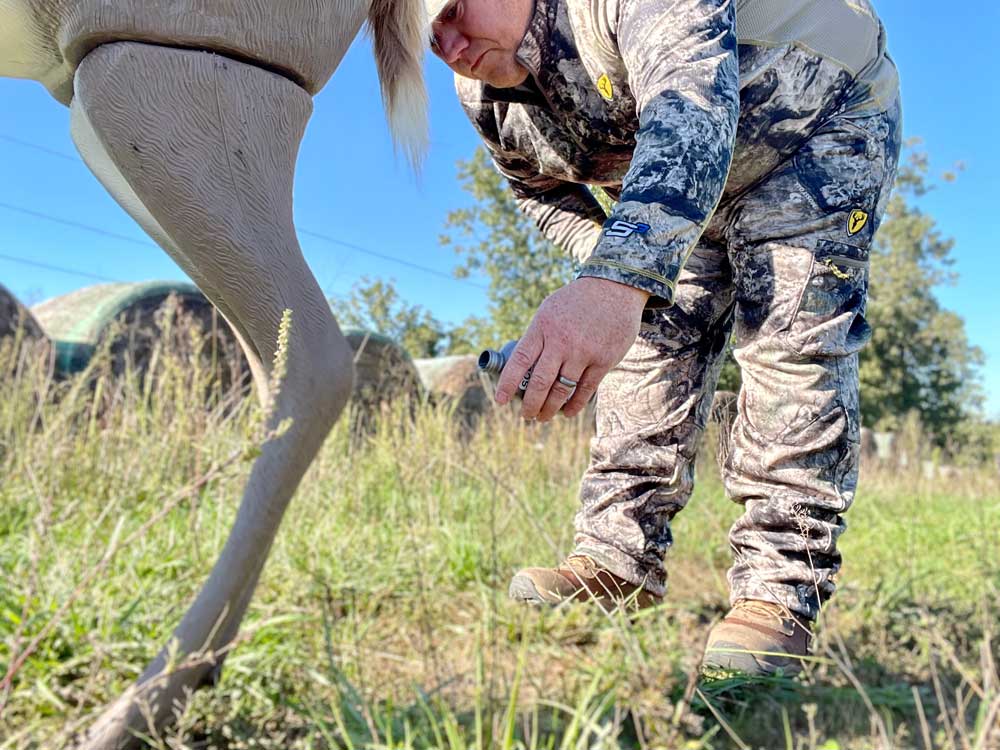
Using Scent Near The Decoy
Adding deer scent to the decoy may seem contradictory after saying in the previous step to eliminate unwanted odors. It is important to remember that the odors removed from the decoy are any human-related odors such as actual human scent from our bodies or odors from our vehicles such as gas, oil, or food. After the decoy is clean and free of odors that might alarm a deer, it is time to add a deer scent that will attract the deer.
Using deer scent is essential when using a deer decoy; however, the placement of the scent is even more critical. The most effective scent to use when hunting with a deer decoy is buck urine, such as Wildlife Research Center’s Golden Buck. The Golden Buck contains buck urine, tarsal smells, and a territorial musk. When using urine and tarsal smells, it should be placed at the rear of the decoy. It is imperative to make sure that the scent is not directly on the decoy. Instead, place the buck scent on the ground, around the decoy. Placing the scent on the ground instead of on the decoy does not make it more effective; however, it aids future hunts.
When the scent is used on the decoy itself, it is easy to get it all over clothing when carrying it back to the vehicle. The scent can also transfer onto the surface of a vehicle, causing it to stink.
Another reason to steer clear of using scent on the decoy is when using a hiding approach until the next hunt. If the scent is still on the decoy when hiding it near a hunting area, deer can continually smell the scent, leading them to the area where the decoy is hidden. That, too, can spook a deer away. To keep the decoy ready to go for your next hunt, always keep it clean.
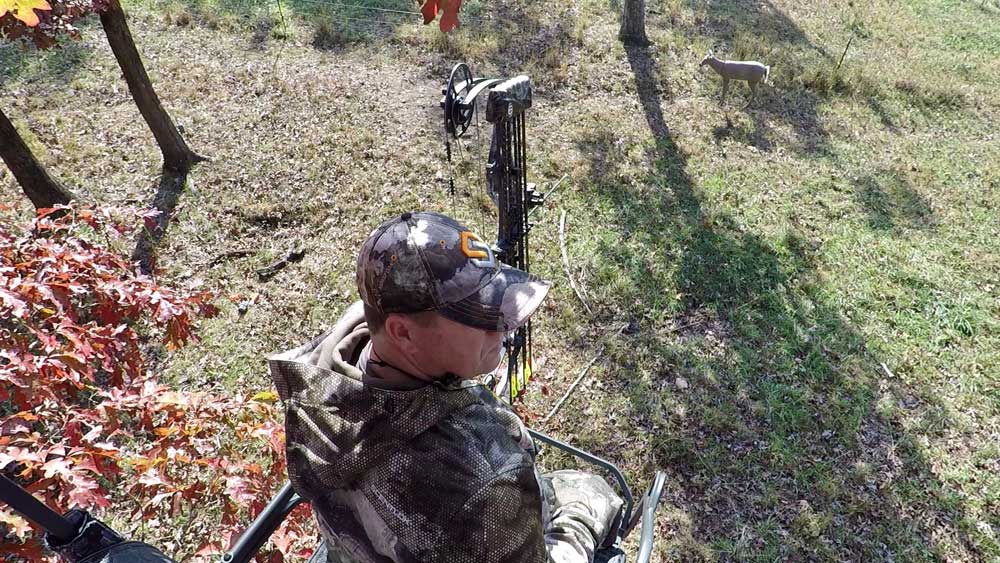
Decoy Placement
The last key to decoy hunting success comes into play when the decoy is being used. Most hunters who use a decoy while hunting use it in conjunction with scents and calls.
As mentioned earlier, two elements are needed to fool a buck to commit to a decoy successfully, these being sight and smell.
Cleaning the decoy of unwanted odors has been achieved, adding scent to the ground near the decoy has been established, and now, it is vital to have the decoy in the correct location.
Similar to using turkey decoys or duck decoys, the goal is for the desired animal to see the decoy from a distance. The hunter should position the decoy in an open area or on higher ground to confirm that the decoy can be seen when a buck responds. Higher visibility is also vital for more mature bucks that may be shy or cautious about fully committing. If a decoy is positioned in a low valley or hill, a buck may not see the decoy when responding, resulting in the buck moving on because he did not visually encounter it. Instead, place the decoy so that it may be seen from a farther distance, activating the bucks' territorial and dominant traits, resulting in a curious buck that is sure to check out the decoy.

